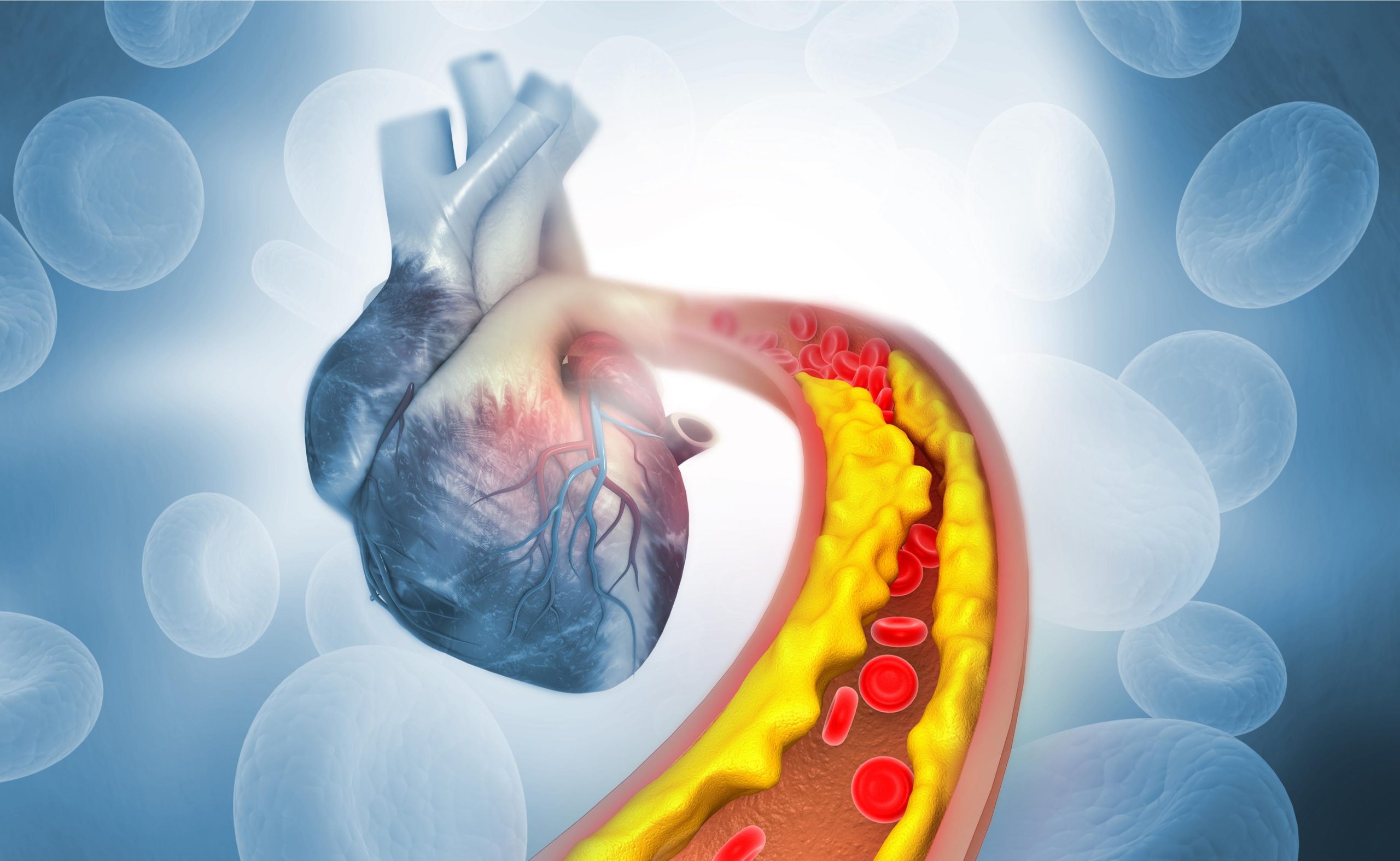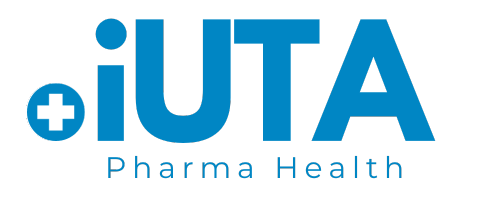cholesterol: Good or Bad
Cholesterol is a waxy, fat-like substance found in every cell of the body. While it’s often seen in a negative light, cholesterol is essential for many bodily functions. However, too much of the wrong type can lead to serious health problems, including heart disease.

Usefulness of Cholesterol
Despite its reputation, cholesterol plays important roles, including:
- Building cell membranes
- Producing hormones like estrogen and testosterone
- Assisting in the production of vitamin D
- Supporting bile production for digestion
Which Cholesterol Is Bad
Cholesterol travels in the bloodstream via lipoproteins. There are two main types:
- Low-Density Lipoprotein (LDL) – Commonly referred to as “bad” cholesterol, LDL can build up in the walls of blood vessels, forming plaques that narrow arteries and increase the risk of heart attack and stroke.
- High-Density Lipoprotein (HDL) – Known as “good” cholesterol, HDL helps remove excess cholesterol from the bloodstream, carrying it to the liver where it can be processed and eliminated from the body.
Causes of Hypercholesterolemia
Hypercholesterolemia refers to high levels of cholesterol in the blood. It can be caused by:
- Unhealthy Diet – Diets high in saturated and trans fats raise LDL levels.
- Lack of Physical Activity – Sedentary lifestyles can decrease HDL and increase LDL.
- Genetics – Familial hypercholesterolemia can cause high cholesterol from birth.
- Obesity – Excess weight is linked to higher LDL and lower HDL.
- Medical Conditions – Diabetes, hypothyroidism, and kidney disease can contribute.
Sources of Hypercholesterolemia
Dietary sources of bad cholesterol include:
- Red and processed meats
- Full-fat dairy products, examples: cream cheese, butter, milk (3.5% fat)
- Fried and fast foods
- Baked goods containing trans fats, example: popcorn (microwaved), doughnut.
Signs and Symptoms
If multiple of the symptoms below show up with no known cause:
- Chest pain
- Over-weight
- Shortness of breath
- Yellowish fat around elbows
- Pain in legs
- Gray-white ring around the outer cornea
Prevention and Treatment:
Prevention:
-
Eat a heart-healthy diet rich in fruits, vegetables, whole grains, and lean proteins
-
Limit saturated fats, trans fats, and refined sugars
-
Exercise at least 30 minutes most days of the week
-
Maintain a healthy weight
-
Avoid smoking and reduce alcohol consumption
Treatment:
Supplements:
-
Omega-3 fatty acids (from fish oil) can help lower triglycerides
-
Niacin (vitamin B3) may raise HDL, but must be used cautiously
-
Plant sterols and stanols reduce cholesterol absorption
Diet:
-
Mediterranean Diet – High in healthy fats like olive oil and nuts
-
DASH Diet – Designed to lower blood pressure and cholesterol
-
High-fiber Diets – Soluble fiber helps remove LDL cholesterol
When to Seek Medical Help:
Consult a healthcare provider if you:
- Have a family history of heart disease or high cholesterol.
- Are overweight or have diabetes or hypertension.
- Experience symptoms like chest pain, shortness of breath, or fatigue.
- Are over 20 and haven’t had your cholesterol checked in the last 5 years.
CONCLUSION
Early detection and management of high cholesterol are key to preventing cardiovascular disease. With lifestyle changes, proper medication, and regular check-ups, cholesterol levels can be effectively managed for a healthier life.
Monday to Friday :
9am – 8pm
Saturday :
10am – 7pm
Sunday :
10am – 6pm
